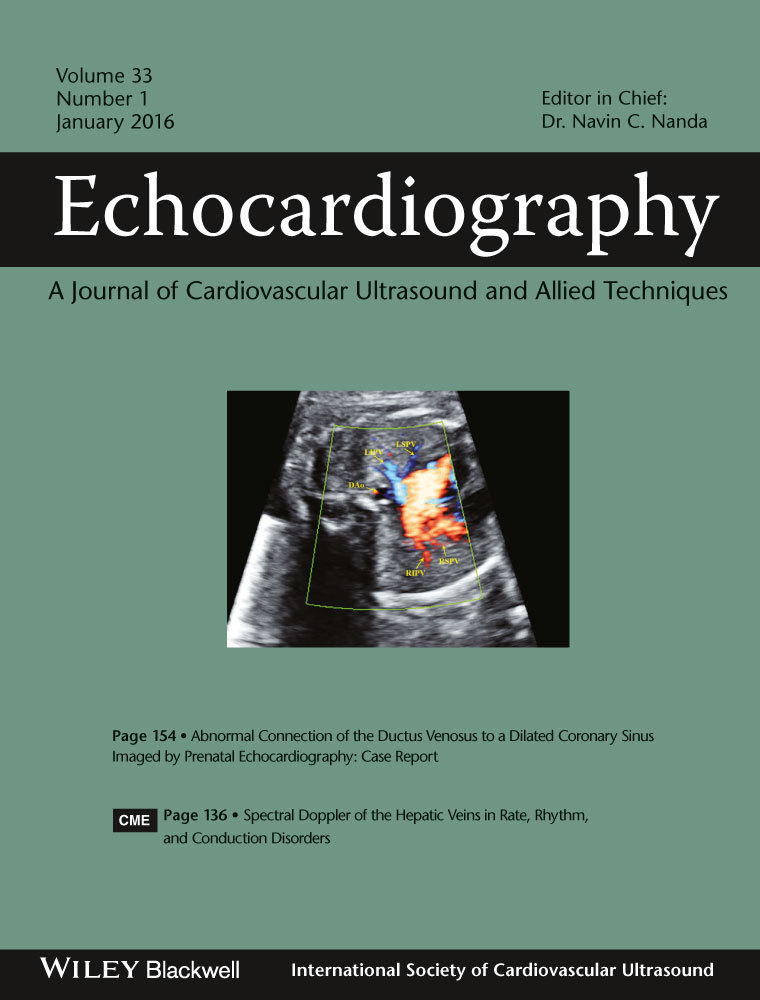Screening of Congenital Heart Diseases by Three-Dimensional Ultrasound Using Spatiotemporal Image Correlation: Influence of Professional Experience
Abstract
Objective
To evaluate the feasibility of the use of spatiotemporal image correlation (STIC) as a screening program for congenital heart disease and the influence of professional experience in those examinations.
Methods
This prospective cross-sectional study included 64 pregnant women at gestational age between 20 and 34 weeks, and 12 physician participants who were divided into two groups: group 1—“STIC specialist”; and group 2—“STIC nonspecialist.” Volumes were analyzed to obtain the five axial views for optimal fetal heart screening: abdominal situs, four-chamber view (4CV), outflow tract views (OTV), and three vessels and trachea view (3VT). The chi-square test (χ2) was used to compare the group's results and kappa coefficient to evaluate inter- and intra-observer reproducibility.
Results
Spatiotemporal image correlation volume acquisition was successful in 97.3% of cases in which it was attempted (group 1: 100%; group 2:95%). A total of 197 STIC volumes were used in this study. In 71%, it was possible to demonstrate 4CV and OTV (group 1:88.9%; group 2:58.6%). 4CV, OTV, and 3VT were visualized in 55.3% of the volume dataset (group 1:74.1% and group 2:42.2%). In 49% of volumes, all five views for optimal fetal heart screening were seen (group 1:67%; group 2: 36%). A good inter-observer agreement was found in all cardiac views and a good intra-observer agreement in most of views except in OTV.
Conclusion
We believe that STIC can be used as a tool to improve the cardiac screening examination of the fetus. Professional experience was the most important influence in the image quality of the STIC volume.




